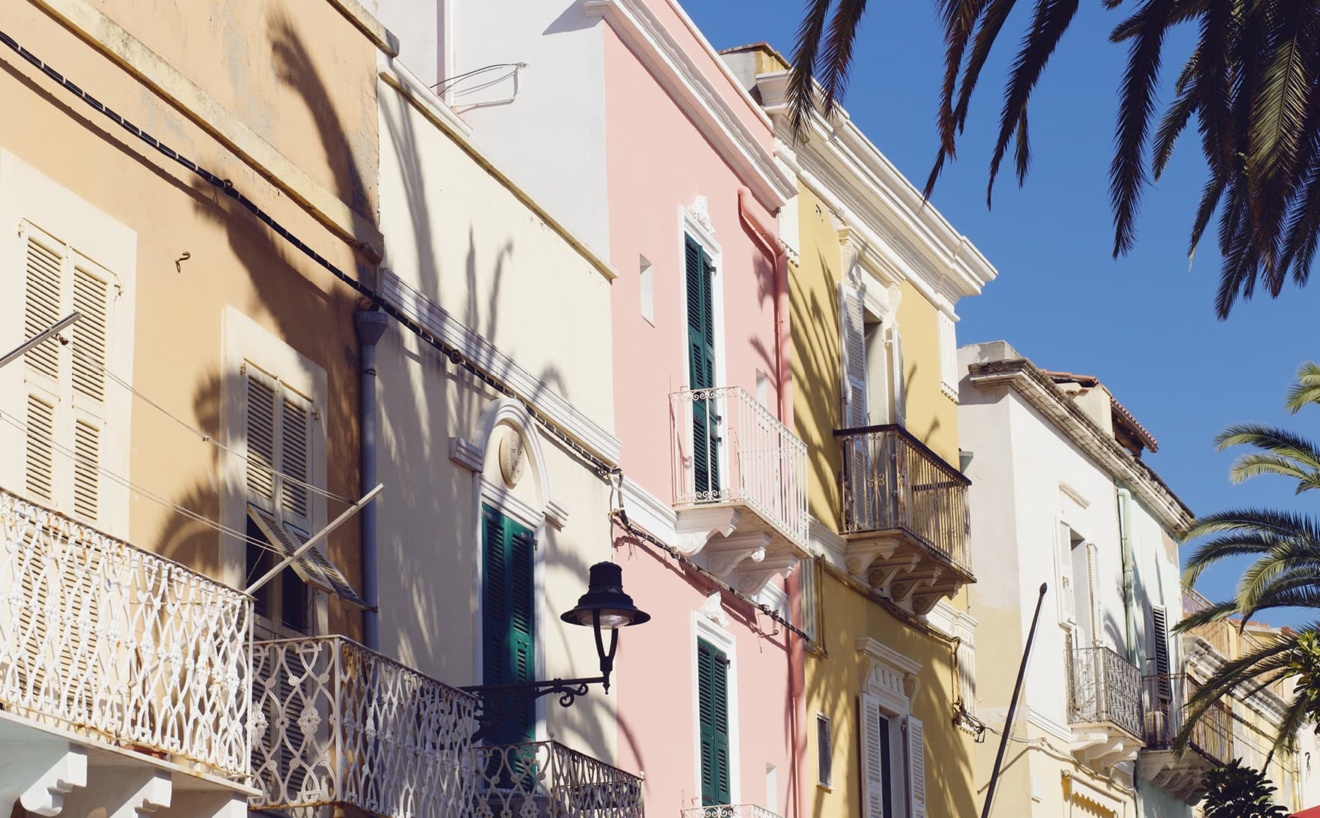The island of freedom
In the decades following the settlement, Carloforte had a complex history: in January 1793, after the break in diplomatic relations between the Piedmontese kingdom and the transalpine republic, the French landed on the island. Among this contingent was the revolutionary Filippo Buonarroti – animated by libertarian ideals inspired by Rousseau – who, together with the Carlofortines, drew up a new constitution for the Île de la Liberté, the Island of Liberty: it was the first republican constitution to appear on Italian soil. In 1796 Buonarroti testified to this while defending himself at the trial for the Babeuf conspiracy: “It was above all on the Island of San Pietro, later called the Island of Liberty, that I gathered the sweetest fruits of my preaching. The democratic constitution that its inhabitants gave themselves, whose provisions I helped them to draw up, is an eternal monument to their wisdom”. The presence of the French lasted only a few months, from January to May: enough for the revolutionary ideals of liberty, fraternity and equality to divide the population and lead to unrest and heated conflicts. With the arrival of spring, the small town returned to normal and the statue that had been erected in honour of the King, but had been buried during the troubled period, was returned to the square once again.
The Barbary invasion
Not many years after the French landing, the island was put to the sword by Barbary pirates for two days. After sacking the town, the attackers left, and took with them 950 people from Carloforte who were to be enslaved in Tunisia for five years from 1798 to 1803. The kidnapped islanders hoped for intercession by the great European powers, Pope Pius VI and above all the great Napoleon. In the meantime, the five years of their painful distance became fertile ground for the stories that u Paize (Carloforte) still tells today: the love of the American consul in Tunis, William Eaton, for the slave Anna Porcile, a matter of state for which President Jefferson himself had to intervene; the love of Sidi Mustafà, brother of the Bey of Tunis, for the beautiful Carloforte-born Francesca Rosso, who went from being a slave to becoming a princess with the name Jenet Lela Béia, and gave birth to Ahmed, the new Bey, known as the Sardo. The discovery of a wooden statue of a Madonna by a young slave, the safekeeping of the simulacrum (probably the lost figurehead of a ship) and its transfer to the island after liberation, shroud the dense web of stories that yearned for a miracle, thus passing down this story and clinging to features of what is now venerated by the people of Carloforte as the Madonna dello Schiavo. Carried in procession every year on 15 November, it keeps alive the memory of events of the past, as well as the devotion of the islanders.
For years to come, pirate raids would torment the small town before the problem was finally resolved throughout the Mediterranean. The watchtowers, forts and a few sections of the old walls in the upper part of the town remain as evidence of the fear provoked by the appearance of barbarian sails on the horizon.











